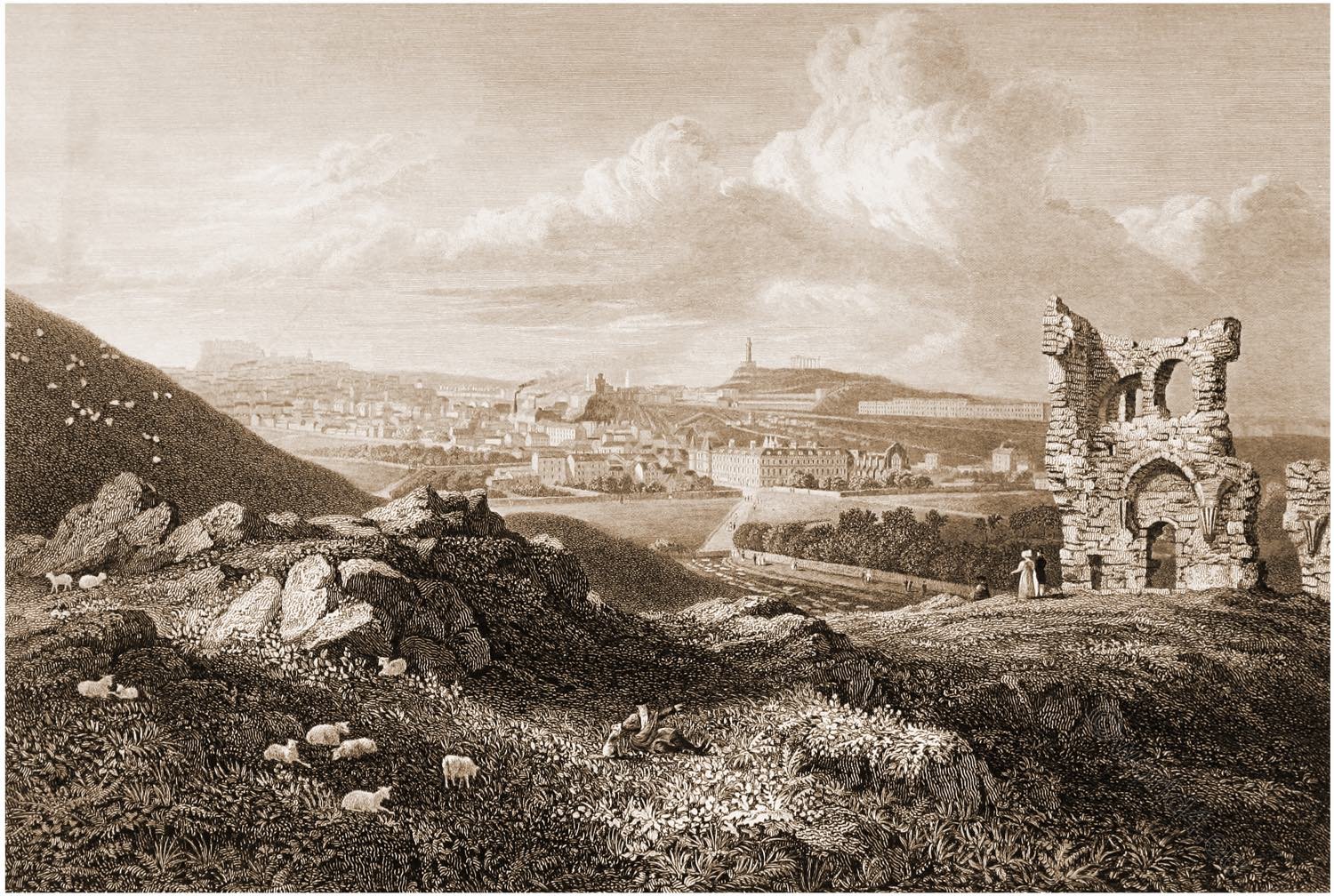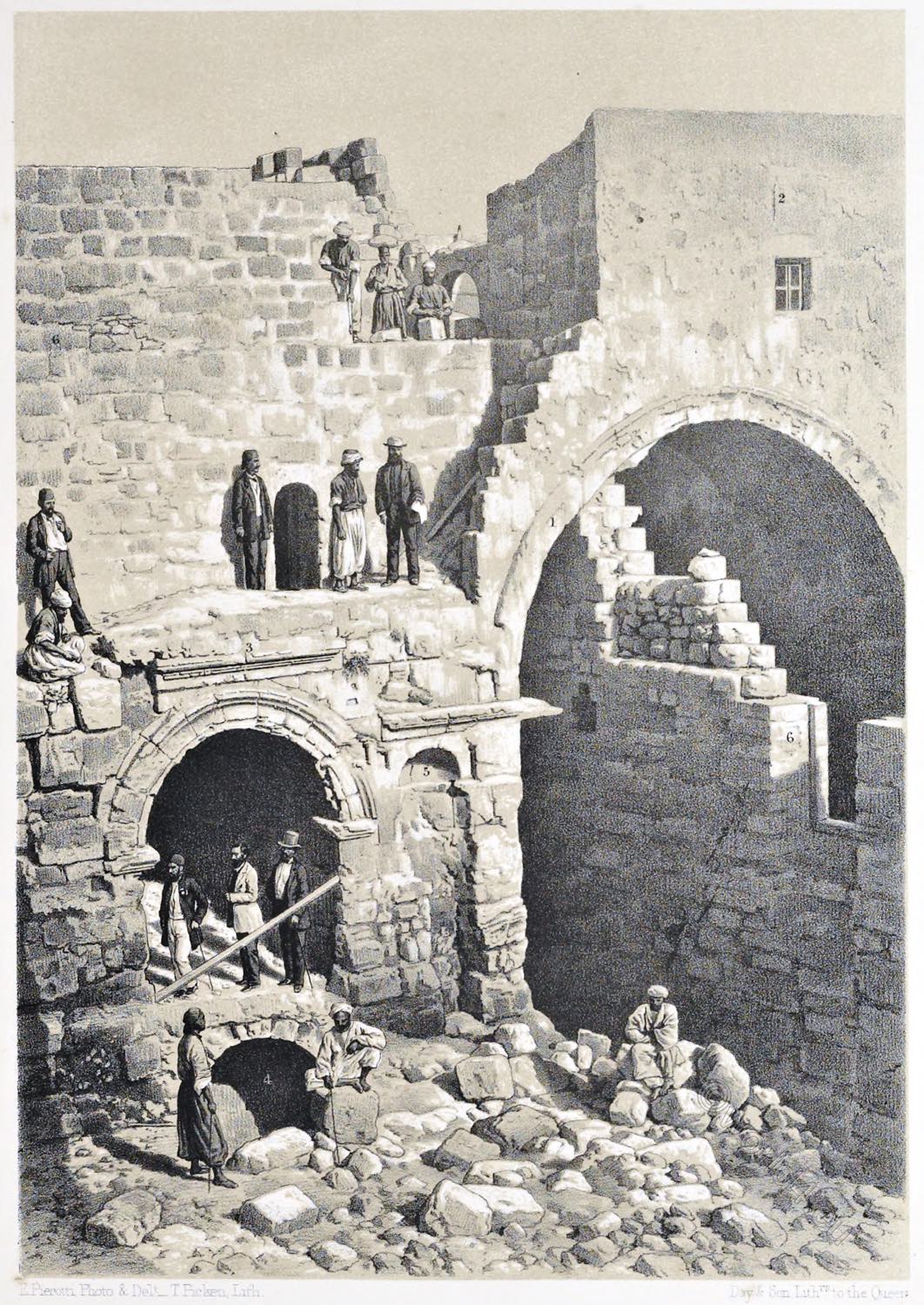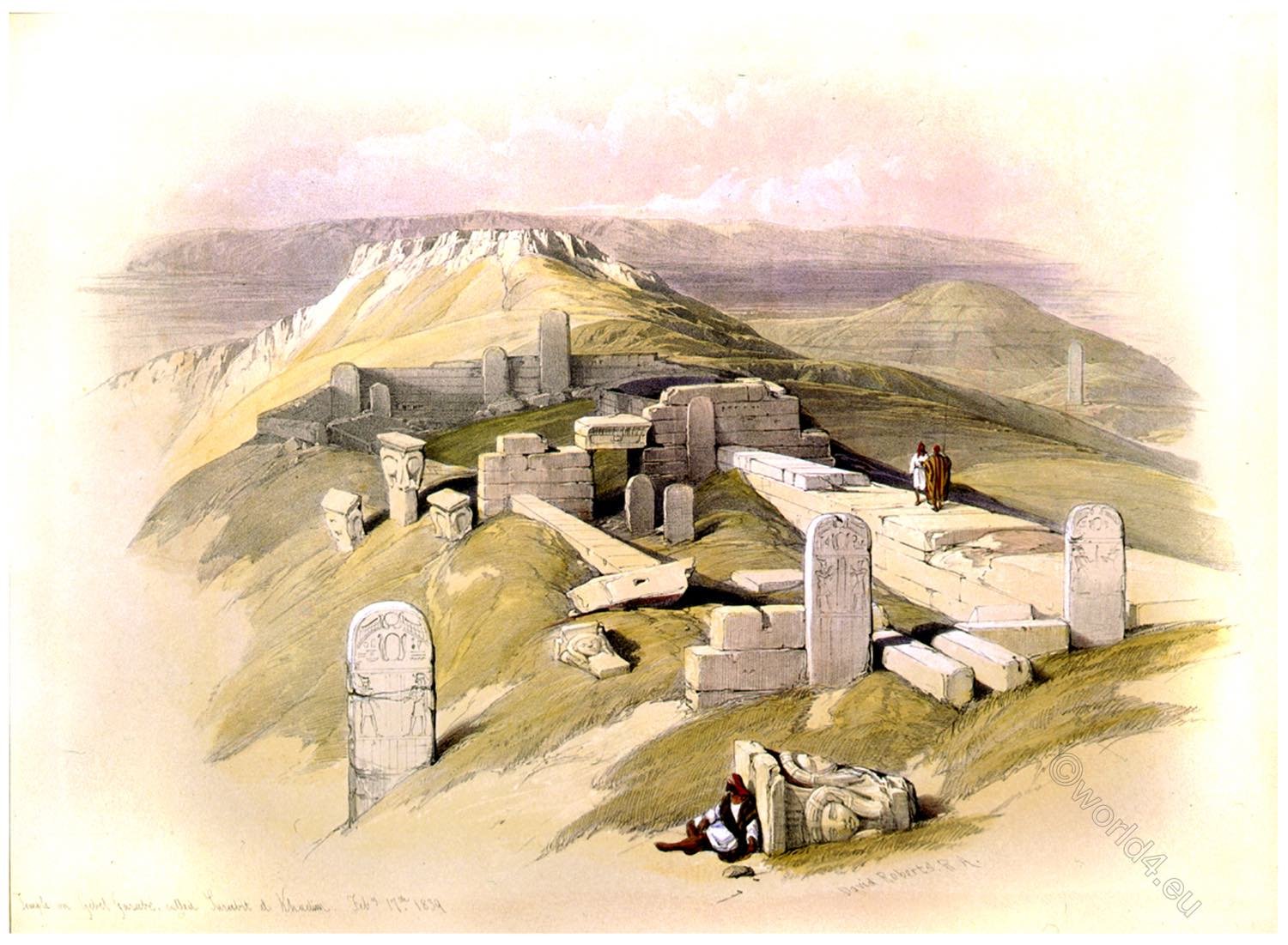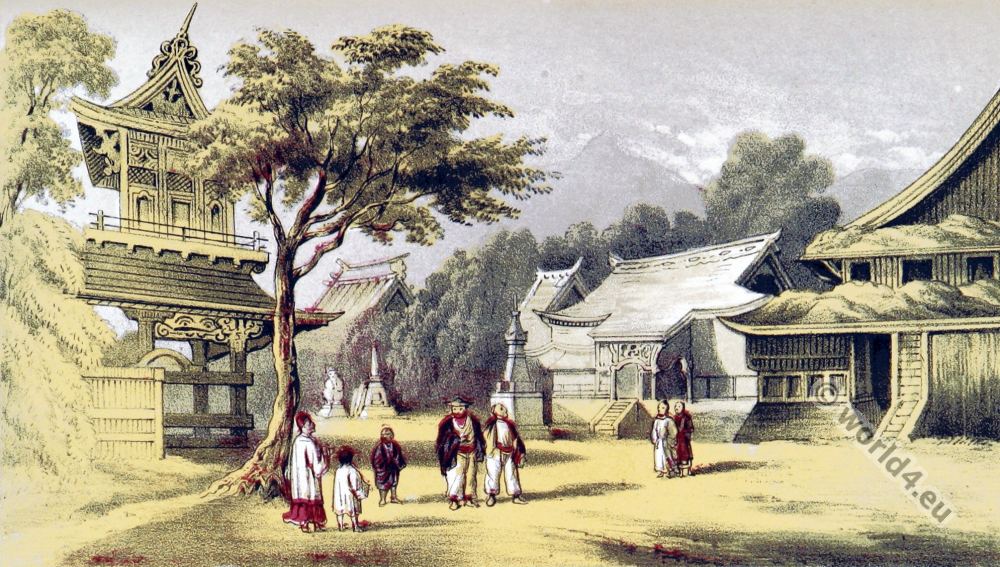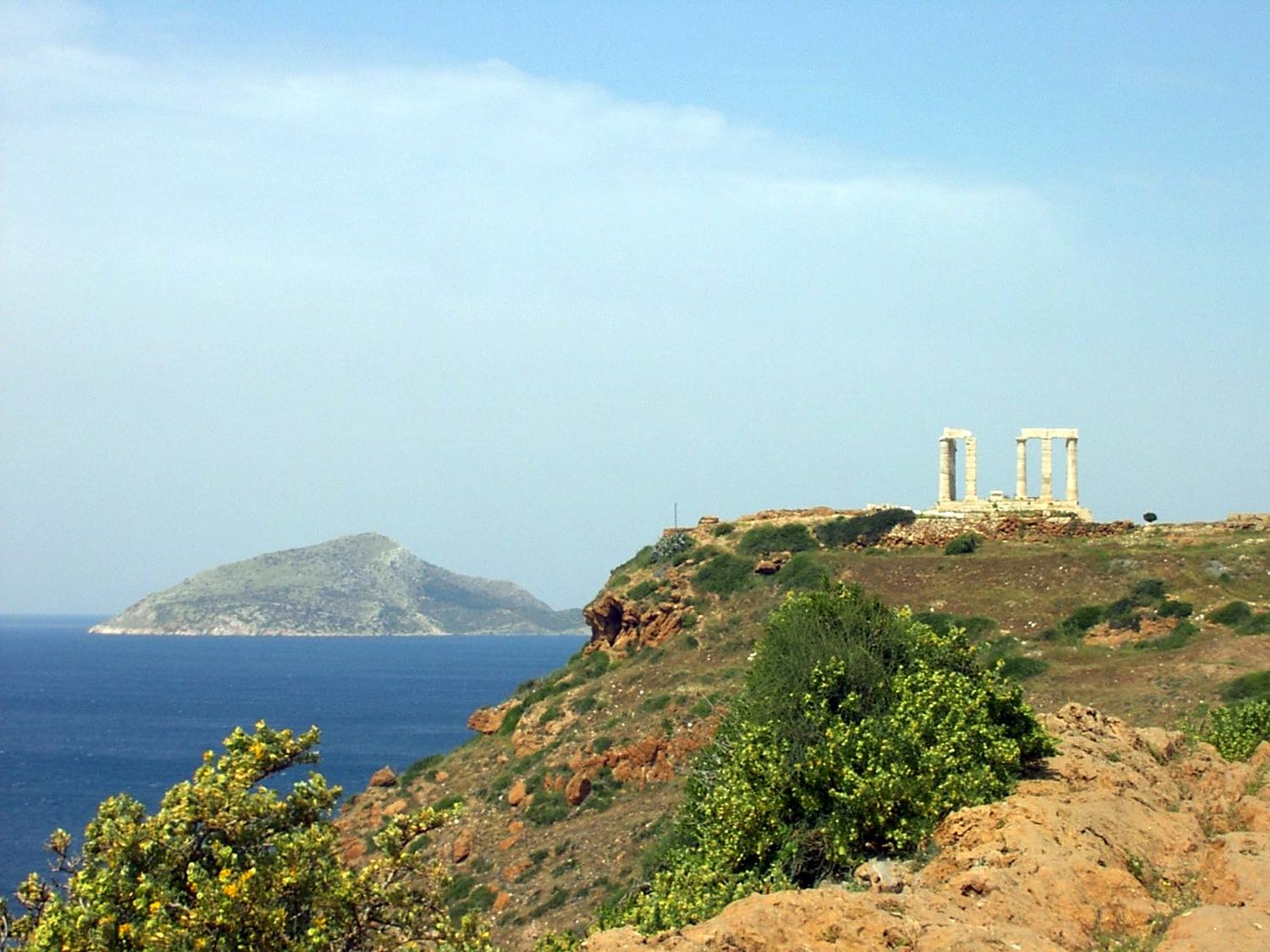
The ancient Greek temple of Poseidon at Cape Sunnius, built between 444-440 BC, is one of the main monuments of Athens’ Golden Age. It rises above the sea to a height of almost 60m. It was built as a Doric peripteros, during the reign of Pericles, when the Parthenon was also built in Athens.
From earliest times, there was a settlement here with sanctuaries of Poseidon and Athena. Finds of Egyptian origin in Sounion indicate extensive foreign trade. Ancient ship moorings from the 4th century BC are still visible on the rocky coast.
Here, according to legend, King Aegeus of Athens threw himself into the Aegean Sea, which has since been named after him, when he saw his son Theseus’ ship returning from Crete with black sails. The temple of Poseidon in Sounion was a site where sailors could seek the favour of the sea god for a voyage. Even Homer called Cape Sounion “sacred” in the Odyssey.
Above all, however, seafarers or entire city states brought animal sacrifices or votive offerings in order to please Poseidon or to thank him for a happy crossing, as Homer also describes – for other sites – several times.
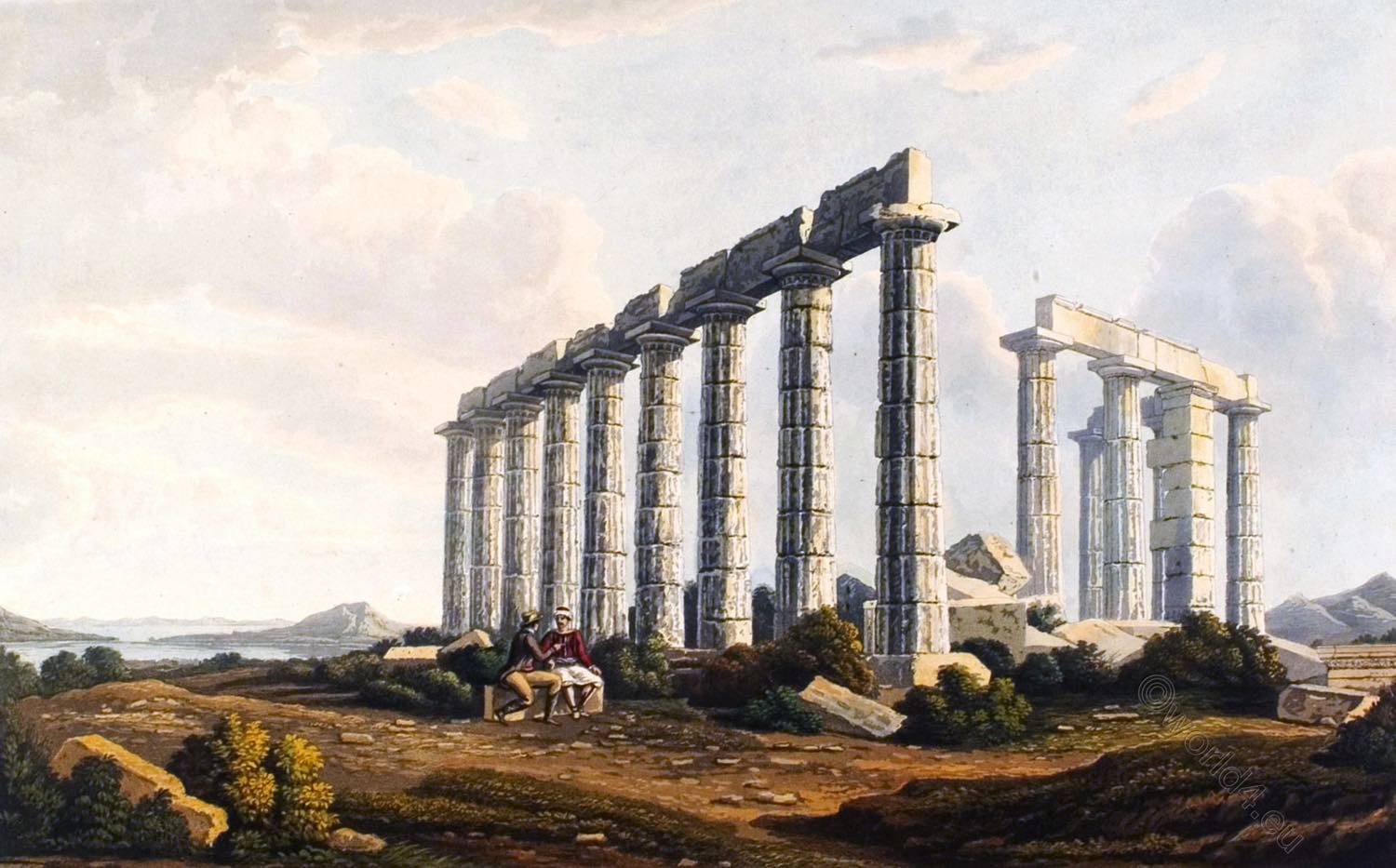
SOUTH-EAST VIEW OF THE TEMPLE AT SOUNION (Sunium).
THE promontory of Sounion, which is the southernmost extremity of Attica (Cape Sunnius), and about twenty-four miles from Athens by sea, was sacred in the time of Homer, 1) and when Menelaos returned from Troy he buried his pilot Phrontis 2) on its summit.
It is one of the finest situations in Greece, and towers precipitously from the sea. The view from it is remarkable for the beauty of its lines, and the interest of its memorable localities.
It overlooks the wide surface of the Aegean Sea, variegated with numerous islands and the shores of the Saronic Gulf or Gulf of Aegina, branch down from the Argolic mountains to the Corinthian Isthmus, while its waters of aethereal blue are adorned with the celebrated islands of Kalauria, AEgina, and Salamis.
Near the shore of Sounion are two insular rocks, one of which is called Gaidaronesi, but the other is without a name. The largest is the island of Patroclus, who commanded the fleet of Ptolemy Philadelphos, and a little further away the islands of Kea, Kythnos and Serifos. The Attic coast towards the Piraeus is concealed by a lofty projection of Laurion that is seen rising on the left, and the silver mines of which contributed to enrich the treasury of the Athenians.
Sounion was a town of the tribe of Leontis; some remains of its walls, and several ancient vestiges, are still visible.
The summit of the promontory was decorated with two temples, one of which was sacred to Minerva Sunias, and the other to Neptune Suniaratos. The peripteral temple, which yet remains, is supposed to be that of Minerva. It is elevated on three steps, and at present has only fourteen columns and one of the antic standing. It had originally six columns at the two extremities and probably thirteen on the flanks composed of o fine-grained white marble, which resembles that of Thorikos, and was most likely brought from that place. This temple is particularly distinguished by the elegance of its proportions, and it was perhaps constructed soon after the Athenian Parthenon.
As it is situated near the sea, and is exposed to continual winds, the marble has been corroded by the saline particles with which the atmosphere is impregnated. Hence exfoliations have taken place in the surface of the marble, and the angles of the flutings have lost their primitive sharpness. Instead of the golden patina that is seen on the Parthenon, the temple of Sounion exhibits its original whiteness, which, contrasted with the bright blue sky, and the dark evergreens of the foreground, has a most singular and lively effect.
An excavation was undertaken some years ago amongst the ruins of the temple by Mons. J. B. Lechevalier, 3) the learned discoverer of Troy. Some human skeletons were found, and the workmen could not lie induced to continue their labours, of which some interesting discoveries might otherwise have been the result.
1) See Odyss. 3. v. 278. 2) See Odyss. 3. v. 278. 3) See Voyage de la Troade, tom. i. c. 7. par J. B. Lechevalier &c.
Source:
- Views in Greece. Drawings by Edward Dodwell. Rod Well and Martin, London, 1821.
- Cape Sounion in Attica, looking out to the Aegean islands by Adam Carr.

Continuing


